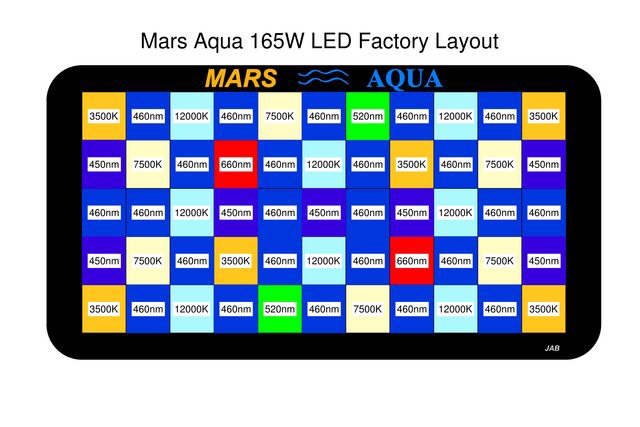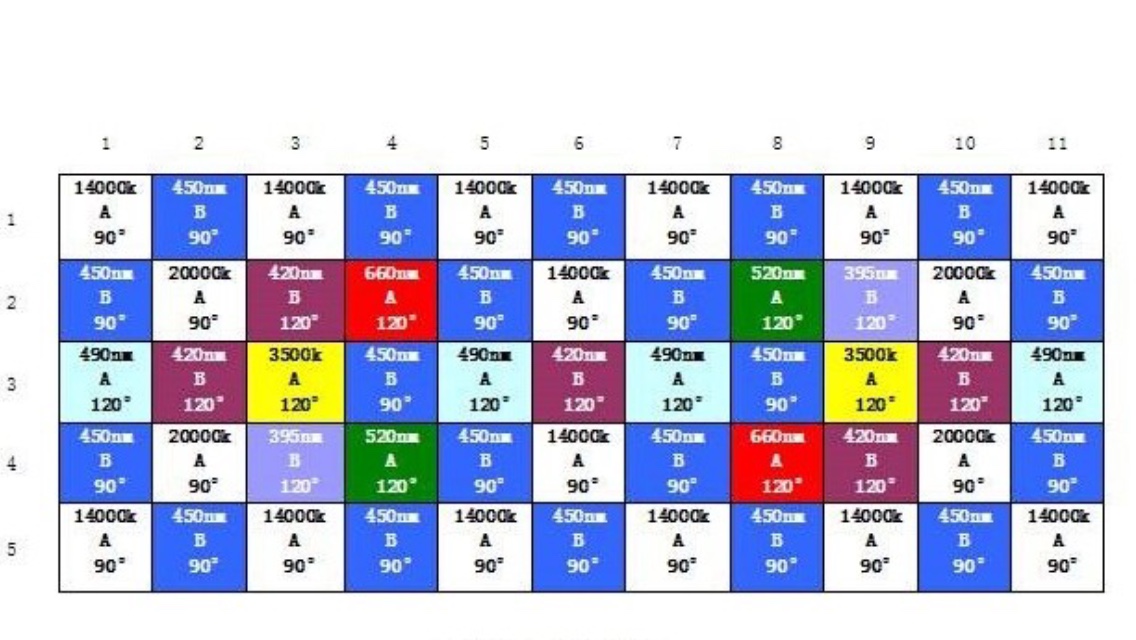- Joined
- Sep 8, 2015
- Messages
- 6,514
- Reaction score
- 6,511
Well this looks like a mess? For some reason this forum didn't format how I wanted it to look?
Follow along with the video below to see how to install our site as a web app on your home screen.
Note: This feature may not be available in some browsers.
Some Mars Aqua measurements at your request: https://www.reef2reef.com/threads/the-modified-black-box-thread.283942/page-5#post-3730693Actually yes.... Since you offered.
On the Mars Aqua. Three different readings for each light channel + combined.
1) One set of values with the dimmer turned all the way down. (just barely turned on.)
2) Values just when the fans kick on... (seems like it's about 30%??)
3) Values at 100%
Repeat for the white(multicolor) channel, and then again with BOTH channels at the same time.
I know it's a lot of time, and it certainly is appreciated. But, I believe this would give us the details that a majority of users will need.
Again... Thank you SO much!
Looks fine on the desktop, havent checked the phone..... W/B 100% (50/50)-- 830- 69%- 61,000 this is a 1to1 ratio at 69%?Well this looks like a mess? For some reason this forum didn't format how I wanted it to look?
W/B 100% (50/50)-- 830- 69%- 61,000 this is a 1to1 ratio at 69%?
It's difficult to say exactly. The lux meter ranged between 60k and 61k and the par meter between 800 and 830 with a flick of the cable. I would go with 75 to be safe. Because the LUX meter has a broad range opposed to the seneye sensor. So 100%/100% or 50/50 @ 100% 12" up would be equal to 800 par or 60,000lx with a conversion of 75?Looks fine on the desktop, havent checked the phone..... W/B 100% (50/50)-- 830- 69%- 61,000 this is a 1to1 ratio at 69%?
Did you do a 1:1 at 100% the only reason I ask is I think its a good reference to what the total power of the lamp is.
This is actually a higher Par/lux than I guessed. that's a 73 I belive
Oh and yes, that would be 69% of usable radiation of PAR. So maybe 800*.69=552 par? I'd hate for the conversion to 108...lol1to1 ratio at 69%?
Dkh: 13dkh
It's difficult to say exactly. The lux meter ranged between 60k and 61k and the par meter between 800 and 830 with a flick of the cable. I would go with 75 to be safe. Because the LUX meter has a broad range opposed to the seneye sensor. So 100%/100% or 50/50 @ 100% 12" up would be equal to 800 par or 60,000lx with a conversion of 75?
Ah 69% 0f the seney Pur. Got it.Oh and yes, that would be 69% of usable radiation of PAR. So maybe 800*.69=552 par? I'd hate for the conversion to 108...lol
I don't know about much of that but the seneye is supposed to have a narrow field of vision. I have yet to get that tested and want to. I have a very bright led flashlight with a narrow beam to test it outResponse from Seneye about Lux..
"Seneye is designed to measure light directly and underwater where as your phone and the regular lux meter, which has a cosine corrector, will measure the ambient, terrestrial lighting.
In an aquarium adding a cosine filter may introduce light from placing you don't want.
In our view a narrow angle light sensor will allow us to look at light sources with more accuracy and directional control.
Kind regards"
Ill digest that.I have two corrected attachments, one a ball one a disk on my meter and can use none as well.(it does change calibration)/ hmm i have a few with no disk or ball as well.Response from Seneye about Lux..
"Seneye is designed to measure light directly and underwater where as your phone and the regular lux meter, which has a cosine corrector, will measure the ambient, terrestrial lighting.
In an aquarium adding a cosine filter may introduce light from placing you don't want.
In our view a narrow angle light sensor will allow us to look at light sources with more accuracy and directional control.
Kind regards"
The higher the number the better? LOL Sort of like frames per second but not. What's the question?Hey @reeferfoxx , how much do you know about Pvm dimming frequencies?
Hahahaha. It's exactly FPS at a 180 degree shutter. Lol.The higher the number the better? LOL Sort of like frames per second but not. What's the question?
If it's electronically controlled, most likely the power supply. If a voltage meter shows connections to be fine, then it's the camera. My guess would the light fixture. Better to rent another camera to double check before changing lights.Hahahaha. It's exactly FPS at a 180 degree shutter. Lol.
It's odd that his is doing it to him and no one else is.
I think the question would be what is the pulse at and does it vary with dimming. So did he just get unlucky? I haven't ever seen banding in still photos in leds save some projection units and moving lights.
Yea I'd clean the connections.If it's electronically controlled, most likely the power supply. If a voltage meter shows connections to be fine, then it's the camera. My guess would the light fixture. Better to rent another camera to double check before changing lights.


Yeah the 390's don't last long at all. If anything I would switch out two 450nm for 420nm. I was going to order some 420's but other tank issues arose.I've heard that some of the 390nm UV diodes did this, by seeing your post confirmed this.
I'm in the process of modifying the layout of my mars units and replacing some of the diodes to mimic the Sb reeflights layout.
Was going to put in two 390nm's, but after seeing yours, I think I'll stay with the 460nm's.
